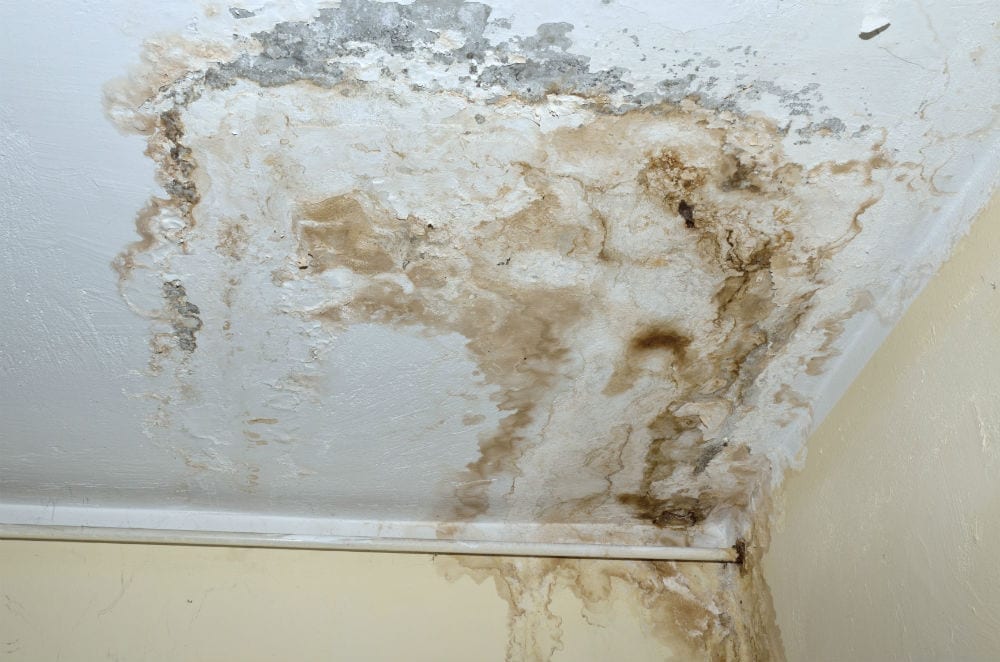Do's & Don'ts of Water Restoration.
Do's & Don'ts of Water Restoration.
Blog Article
Are you currently on the lookout for facts on Simple Solutions To Preventing Fire And Water Damage To Your Home?

Water gives life, but water invasion on some components where it's not intended to be can result in damage and hassle. In addition, homes with water damage smell old as well as moldy.
Water can come from numerous resources like typhoons, floodings, ruptured pipelines, leakages, and sewage system problems. It's much better to have a functioning understanding of safety precautions if you have water damage. Here are a few guidelines on exactly how to manage water damage.
Do Prioritize House Insurance Coverage Protection
Seasonal water damage can originate from floods, seasonal rains, and wind. There is also an incident of a sudden flooding, whether it originated from a malfunctioning pipe that unexpectedly ruptures right into your house. To secure your house, obtain home insurance coverage that covers both acts of God such as all-natural catastrophes, and emergency situations like broken plumbing.
Don't Neglect to Shut Off Utilities
When disaster strikes and you're in a flood-prone location, shut off the main electric circuit. Switching off the power avoids
When water comes in as water offers as a conductor, electric shocks. Do not forget to shut off the major water line shutoff as a method to stop even more damage.
If the floodwaters are obtaining high, keep your furnishings secure as they can move around as well as create additional damage.
Do Keep Proactive and Heed Climate Alerts
If you live in an area pestered by floodings, remain prepared and also proactive at all times. Listen to the news and also discharge cautions if you live near a body of water like a river, creek, or lake .
Don't Ignore the Roofing System
Your contractor needs to take care of the faulty rain gutters or any kind of various other indicators of damages or weakening. An evaluation will certainly avoid water from flowing down your walls as well as saturating your ceiling.
Do Take Note Of Tiny Leakages
A burst pipeline doesn't happen in a vacuum cleaner or overnight. There are red flags that can draw your focus as well as suggest to you some weakened pipes in your home. Indications of red flags in your pipelines include gurgling paint, peeling wallpaper, water streaks, water stains, or trickling audios behind the walls. There are indications that the pipe will certainly burst. Do not wait for a rise if you see these indications. Fixing and check your plumbing fixed prior to it causes massive damage to your home, financial resources, and also a personal nightmare.
Don't Panic in Case of a Ruptured Pipe
Timing is key when it comes to water damages. If a pipeline ruptureds in your residence, quickly closed off your primary water valve to cut off the source and protect against even more damage. Call a trustworthy water damages remediation professional for help.
Water gives life, but water intrusion on some components where it's not supposed to be can result in damage and also inconvenience. In enhancement, houses with water damage scent musty as well as old.
Seasonal water damages can come from floods, seasonal rains, and also wind. Indicators of red flags in your pipelines include bubbling paint, peeling wallpaper, water streaks, water spots, or dripping sounds behind the walls. If a pipeline bursts in your residence, instantly shut off your main water shutoff to cut off the resource and stop more damages.
Some Do's & Don't When Dealing with a Water Damage
DO:
Make sure the water source has been eliminated. Contact a plumber if needed. Turn off circuit breakers supplying electricity to wet areas and unplug any electronics that are on wet carpet or surfaces Remove small furniture items Remove as much excess water as possible by mopping or blotting; Use WHITE towels to blot wet carpeting Wipe water from wooden furniture after removing anything on it Remove and prop up wet upholstery cushions for even drying (check for any bleeding) Pin up curtains or furniture skirts if needed Place aluminum foil, saucers or wood blocks between furniture legs and wet carpet Turn on air conditioning for maximum drying in winter and open windows in the summer Open any drawers and cabinets affected for complete drying but do not force them open Remove any valuable art objects or paintings to a safe, dry place Open any suitcases or luggage that may have been affected to dry, preferably in sunlight Hang any fur or leather goods to dry at room temperature Punch small holes in sagging ceilings to relieve trapped water (don't forget to place pans beneath!); however, if the ceiling is sagging extremely low, stay out of the room and we'll take care of it DO NOT:
Leave wet fabrics in place; dry them as soon as possible Leave books, magazines or any other colored items on wet carpets or floor Use your household vacuum to remove water Use TV's or other electronics/appliances while standing on wet carpets or floors; especially not on wet concrete floors Turn on ceiling fixtures if the ceiling is wet Turn your heat up, unless instructed otherwise

As a devoted reader on Preventing Fires and Water Damage In Your Home, I think sharing that excerpt was smart. Sharing is caring. Helping others is fun. I thank you for reading our article about Preventing Fires and Water Damage In Your Home.
Report this page